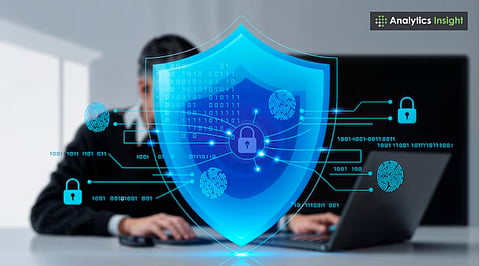

Human error remains the biggest cybersecurity risk, making awareness a vital component.
Cross-department collaboration strengthens a company’s digital defenses.
Training and shared accountability reduce data breaches and system vulnerabilities.
Cybersecurity is a priority for all organizations. Nevertheless, many organizations continue to believe that it is only an IT department issue, a misconception that often leads to several cyberattacks. Online security is a shared responsibility that involves everyone, from the CEO to interns and third-party guests.
In this article, we will explain why everyone is a part of the security solution and provide tangible ways to help everyone create a safer workplace, especially since almost everyone is at risk of being a victim of a cyber incident.
Previously, cybersecurity was considered the domain of tech specialists. In today’s interconnected world, this perspective exposes organizations to unnecessary risks. Most hacks don't require complex coding skills; they often begin with a simple mistake.
Phishing emails, weak passwords, and oversharing are typically the causes of these issues. Reports show that most security screw-ups are due to human error. So, it's not just about the tech; it's about how people act. Anyone who uses a computer, sends an email, or accesses company files is a possible target or key participant.
Also Read: Airtel Business to Fortify Indian Railways' Cybersecurity with Advanced AI
Hackers usually target uninformed employees who are not aware of the risks. They might send out phishing emails, create fake login pages, or try to trick people into clicking harmful links or handing over information by blackmailing or threatening them.
That's why everyone needs to be aware of cybersecurity. If people know to double-check suspicious emails, use strong passwords, and follow company security guidelines, they can prevent most cyberattacks.
Even small precautions can significantly reduce risks. Locking your workstation when you leave your desk, reporting suspicious emails – it all makes a difference. If everyone's thinking about security, the company is much less likely to experience a breach.
Management must prioritize cybersecurity. When the leaders care, everyone else will too. Security training should be continuous and engaging, not a one-time formality; it should be part of how things work around here.
Keeping security training up to date, running practice phishing drills, and encouraging open discussions about security can help keep everyone alert and vigilant. When leaders lead by example with good security habits, they effectively show the importance of these habits.
Cybersecurity isn't just for the IT employees; it's a job for HR, finance, operations, marketing, and everyone else. Each team handles sensitive information in its own way, and every job has its own unique risks.
For example, HR stores employee data that includes individual details. With all teams communicating with IT, they can identify issues ahead of time and resolve them. It turns cybersecurity into a team sport rather than just an IT issue.
Cyber threats are constantly evolving, and we must continually improve our defenses. Companies should communicate with employees about new scams, viruses, and online safety measures.
Interactive training activities, short videos, and practice scenarios can make learning stick. The more people know, the safer things are. Cybersecurity is an ongoing process that requires continuous learning and adaptation.
Building a security-first culture takes time. Consistent communication and recognition of good practices help reinforce secure behavior. Recognizing people who report suspicious activities or complete security training will encourage others to do the same.
It should be easy for employees to report concerns without fear of blame. When everyone knows they have a part to play in keeping company data safe, cybersecurity becomes just how things are done around here – not just some IT rule.
Also Read: Top 10 Python Libraries for Cybersecurity in 2025
A Robust cybersecurity protocol depends on organizational mindset and employee engagement. While technology provides essential defenses, human vigilance is equally crucial. Every employee, regardless of their role, is vital to maintaining the safety of our systems.
If we encourage teamwork, hold everyone accountable, and promote awareness, cybersecurity can become a business strength.
1. Why isn’t cybersecurity just the IT department’s job?
Because most cyberattacks exploit human error, every employee is responsible for maintaining digital safety.
2. How can employees help prevent cyberattacks?
By recognizing phishing attempts, using strong passwords, and following company security policies.
3. What role does leadership play in cybersecurity?
Leaders set the tone by prioritizing security awareness and promoting responsible digital behavior across teams.
4. How can organizations create a culture of cybersecurity?
Through continuous training, open communication, and rewarding employees for spotting security threats.
5. Why is cybersecurity training important?
It keeps employees updated on evolving threats and helps prevent costly breaches through smarter daily actions.
